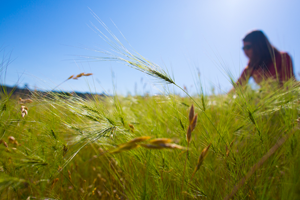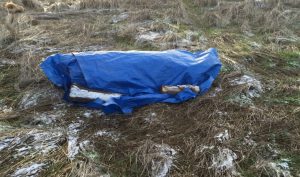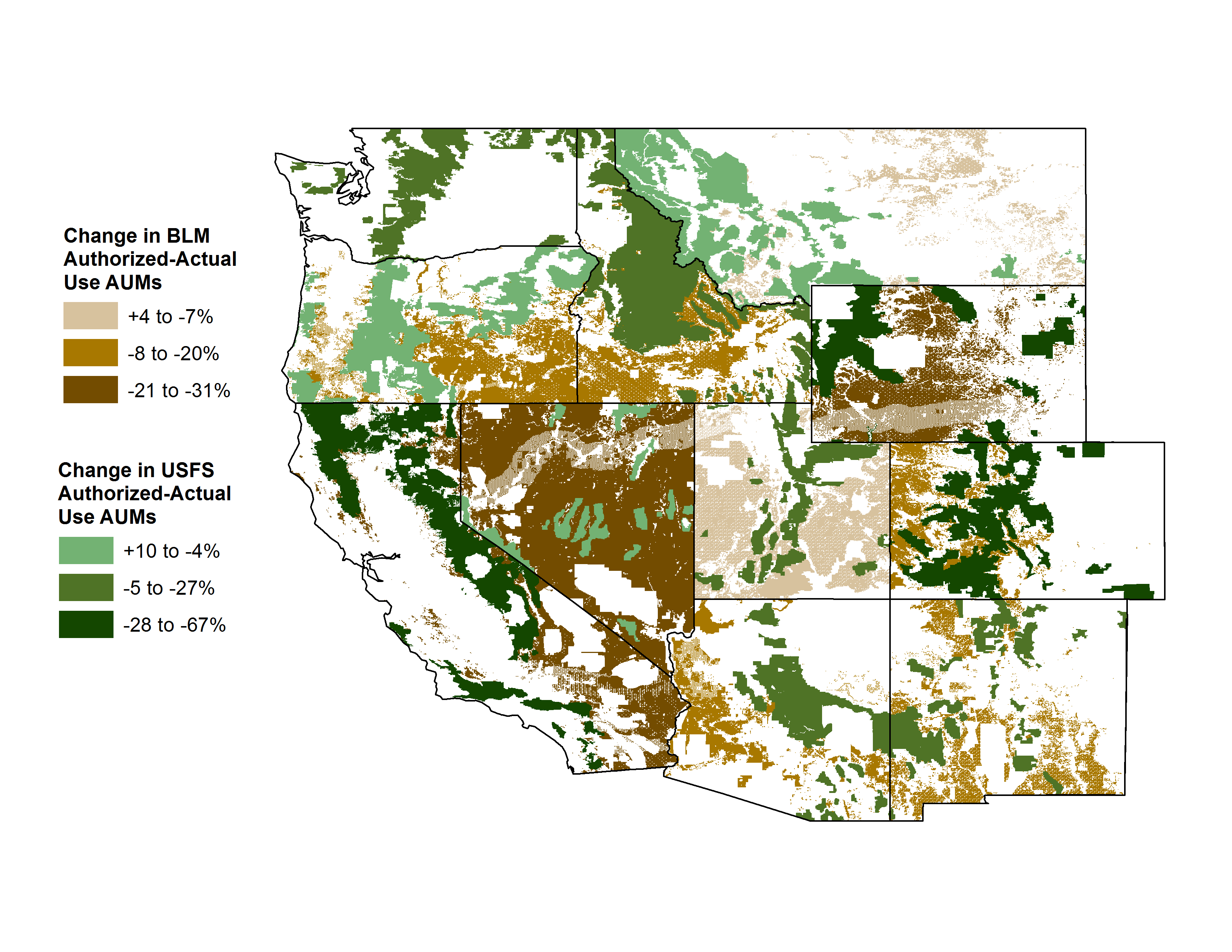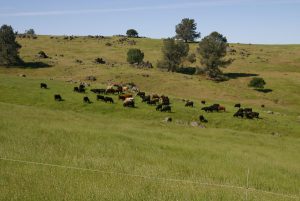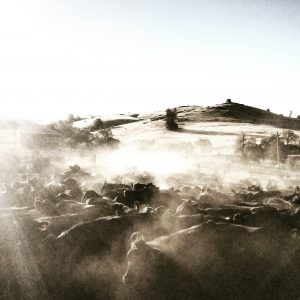Knocking Out Noxious Weeds on Rangelands Workshop: February 20, Santa Maria, CAJoin the fight to reduce noxious weeds on rangelands and get the latest management tools at the final Knocking Out Noxious Weeds Workshop set for February 20th at the Radisson Hotel in Santa Maria! The workshops is designed for ranchers and land managers, featuring a dynamic list […]
Blog
3 Steps to Take When Finding a Suspected Livestock Predator Kill
Tracy Schohr, UCCE Livestock and Natural Resources Advisor, Plumas, Sierra, and Butte Counties This blog post was adapted from the UCCE Plumas, Sierra, and Butte Counties Newsletter – December 2017 In California, livestock depredation is a growing concern across rural counties with mountain lions, bears, coyotes, and now wolves in the landscape. When you encounter […]
UC Rangelands Fall 2017 Newsletter
Schohr joins UCCE as New Livestock and Natural Resources Advisor UC Rangeland’s is excited to announce Tracy Schohr as the new Livestock and Natural Resources Advisor for Butte, Plumas and Sierra Counties. Since 2012, Tracy has worked with the UC Rangelands team on multiple research and outreach projects. During this time, she earned a Master of […]
Riparian Meadow Response to Modern Conservation Grazing Management
In the western U.S., millions of acres of perennial grasslands, shrublands, and forests are held in the public domain and managed by state and federal agencies for multiple land uses. Although riparian meadows account for a small percentage of this landscape, their ecological and conservation values are substantial. These ecosystems provide a suite of benefits—including […]
Rustici Rangeland Science Symposium Speaker Highlight – Bi-State Sage
Steve Lewis, Extension Educator, University of Nevada Cooperative Extension Steve Fulstone, Rancher and Member of the Bridgeport Ranchers Organization Located across 4.5 million acres on the central California-Nevada border, the Bi-State sage grouse is distinctly different from other greater sage grouse populations found across the western United States. The bird was once proposed for listing […]
2017 Rustici Science Symposium – Speaker Highlights & Poster Session
The goal of the 4th Rustici Rangeland Science Symposium is to engage ranchers, land managers, researchers, and policymakers in co-developing actionable science, policy, and management to sustain rangelands. The symposium will focus on partnerships surrounding a variety of topics, including: sustaining water resources; coping with drought; habitat conservation; and enhancing ranch profitability. Click here for […]
2017 Rustici Science Symposium – Speaker Highlights & Poster Session
The goal of the 4th Rustici Rangeland Science Symposium is to engage ranchers, land managers, researchers, and policymakers in co-developing actionable science, policy, and management to sustain rangelands. The symposium will focus on partnerships surrounding a variety of topics, including: sustaining water resources; coping with drought; habitat conservation; and enhancing ranch profitability. Click here for […]
2017 Rustici Science Symposium – Speaker Highlights
Managing Livestock Grazing on Watersheds Supplying Drinking Water Tim Koopmann, Water Resource Specialist and Manager Emeritus, San Francisco PUC Ken Tate, Professor and CE Specialist in Rangeland Watershed Sciences, UC Davis About 80% of California’s surface water supply is either derived from, or stored on grazed rangeland watersheds. Concerns about linkages between livestock as […]
Annual Grasslands as Working Landscapes
Download fact sheet here Background California’s annual rangelands include open grasslands and woodlands dominated by an understory of herbaceous annual plants in the state’s valleys and low elevation mountains and foothills. These largely privately owned lands span 10 million acres and produce nearly 70% of the state’s livestock forage base. Therefore, annual rangelands provide a […]
Just Published! Coping with Drought via Adaptive Rangeland Decision-Ma...
Grazinglands support the livelihoods of millions of people around the world. These working landscapes include livestock-grazed rangelands and pasturelands and occupy an estimated one-quarter to two-fifths of the world’s land surface—making them the largest and most biologically and physically diverse land resources in the world. Severe and widespread droughts pose substantial and recurrent economic and […]

